10 Things About The Spinone Italiano Dog Only Owners Truly Understand
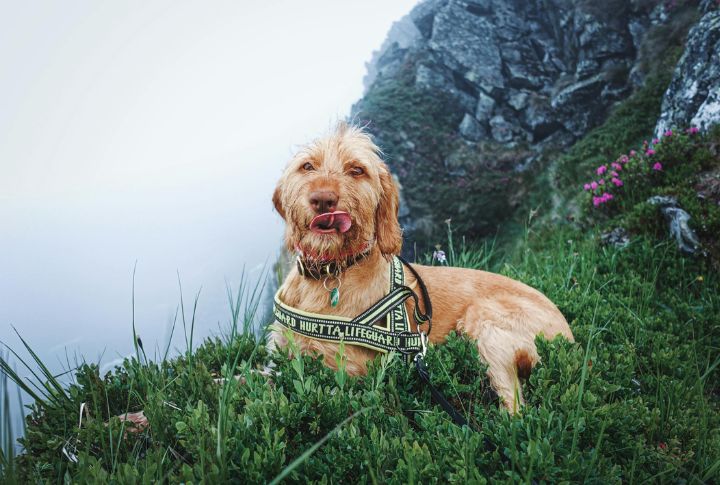
The Spinone Italiano is more than its shaggy charm and soulful eyes—this breed is a walking bundle of joy and brilliance. If you’re living with one (or planning to), these distinct behaviors and needs will help you better understand what makes this gentle dog so unforgettable.
Beards That Catch Everything
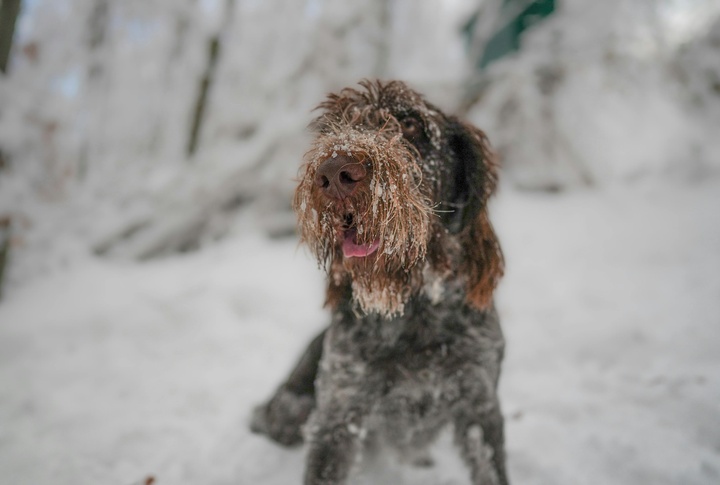
These beards aren’t just charming—they’re functional. Originally meant to protect during fieldwork, they now tend to collect messes at home. After eating or drinking, many leave behind a damp trail. Keeping a towel near the bowl area helps manage the cleanup.
Intentional Eye Contact
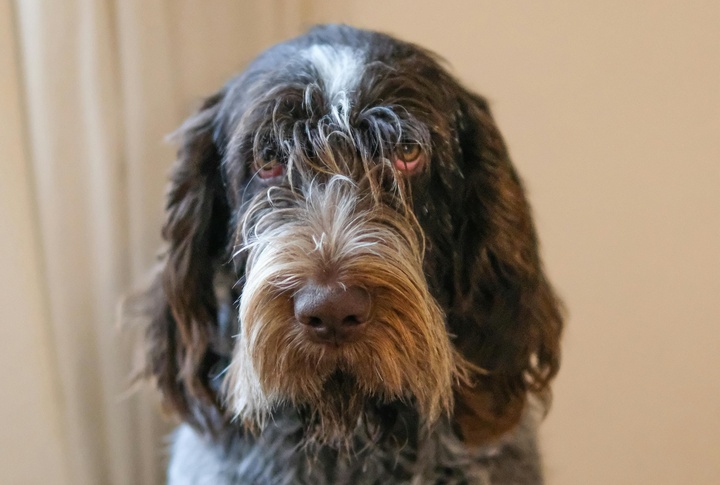
Instead of barking or pawing, Spinone communicates through focused eye contact. That stare? It’s purposeful. Whether waiting for direction or requesting attention, they rely on visual cues more than vocal ones. This behavior highlights their sensitivity and social attunement, which are common in cooperative hunting breeds.
Scent-Driven Behavior
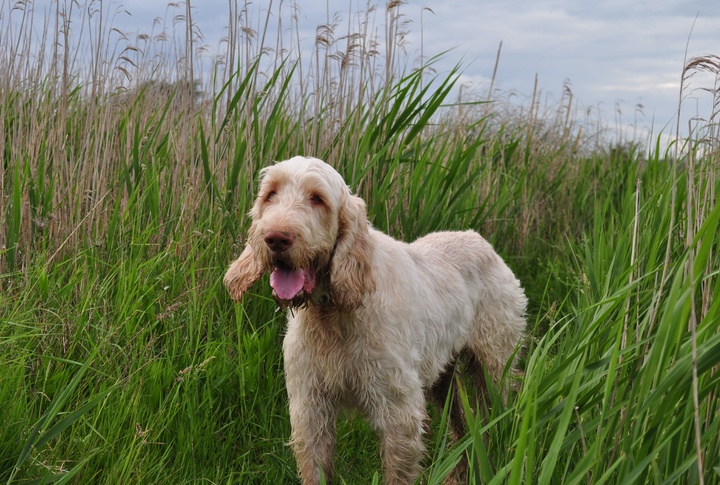
Expect every walk to turn into a scent analysis session. This dog follows invisible scent trails with intense focus and is bred for slow, deliberate tracking. Sniffing patterns often override verbal cues. Allow time for this behavior because it reflects the bloodline’s original design, not disobedience.
Allergy-Related Scooting
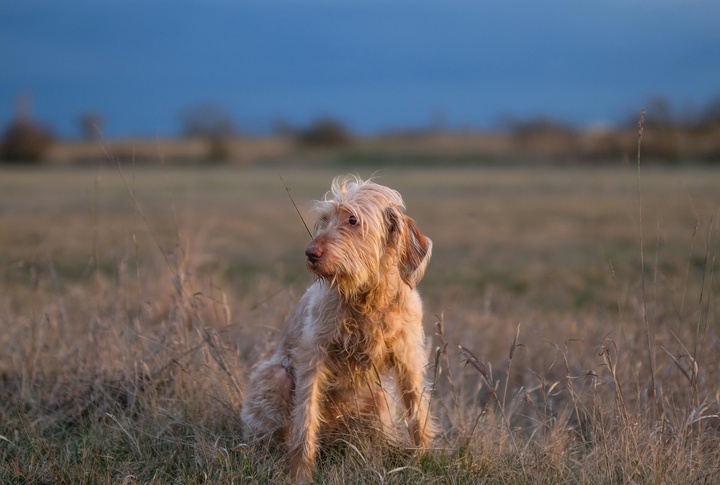
Scooting doesn’t always mean gland issues. In Spinoni, environmental allergies frequently cause itchiness around the hindquarters. Triggers like pollen or dust mites can inflame the skin and prompt the behavior. Veterinary evaluation is essential to distinguish between structural and allergy-based causes.
Relaxation Indicators

Sprawling across floors or collapsing into deep snoring spells signals something important: emotional security. These dogs sleep in positions that expose their belly or limbs only when they feel safe. The exaggerated rest postures reflect a well-adjusted pooch that trusts its environment and household.
Low-Vocalization Vigilance
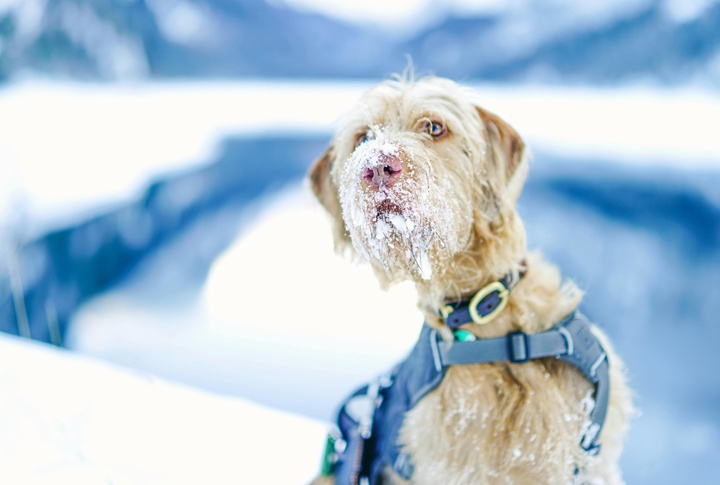
A Spinone doesn’t bark at every leaf. Instead, this dog monitors its surroundings quietly. When arousal spikes, a sharp, sudden bark may follow—but not without early signs. Watch for body language changes like freezing or pacing, which often signal growing alertness before vocalizing.
Environmental Coat Response
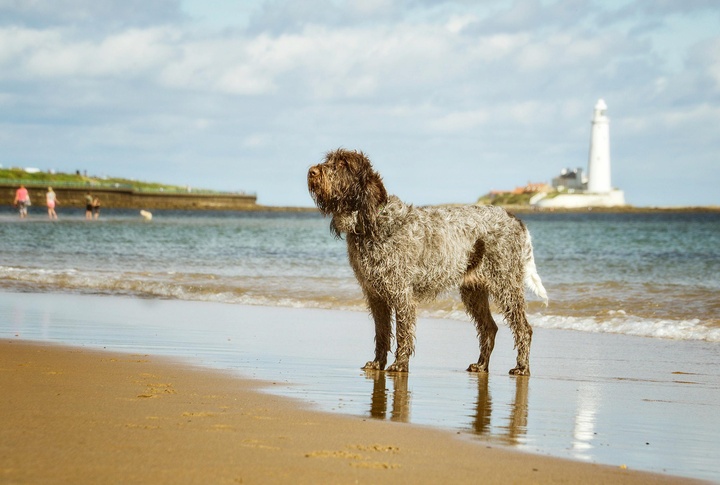
Mud and plant matter cling easily to the Spinone’s dense coat. It is designed for rough terrain and tends to grab anything loose during outdoor walks. Regular brushing after time outside helps reduce matting and lowers the risk of skin irritation.
Social Proximity Tendencies
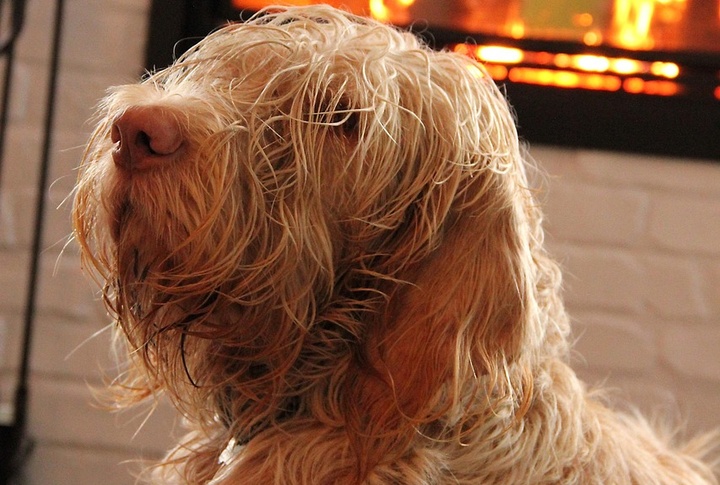
Following you room to room isn’t anxiety. It’s a connection. These pooches were bred to work closely with handlers and retain that instinct. They prefer staying physically near household members. This trait supports emotional bonding and creates a visible pattern of close-contact behavior throughout the day.
Training That Builds Motivation

Task success depends on engagement. Positive reinforcement works best when activities align with natural abilities. Harsh corrections tend to shut things down quickly. Focused rewards-based sessions create a more cooperative learning environment and strengthen the bond between the pup and the handler.
Limited Public Awareness
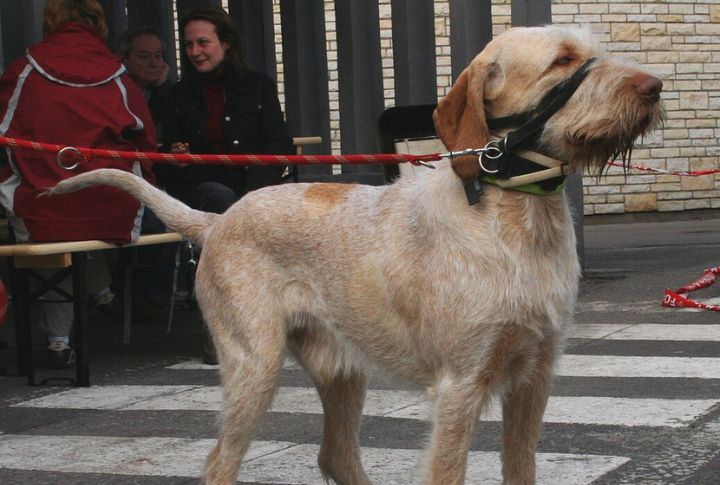
Only a few people outside dog-savvy circles recognize the breed. Spinone draws attention due to their expressive faces and unusual coats, often prompting mistaken identity guesses. Awareness of the line remains limited, but those who meet one rarely forget the impression it leaves.





